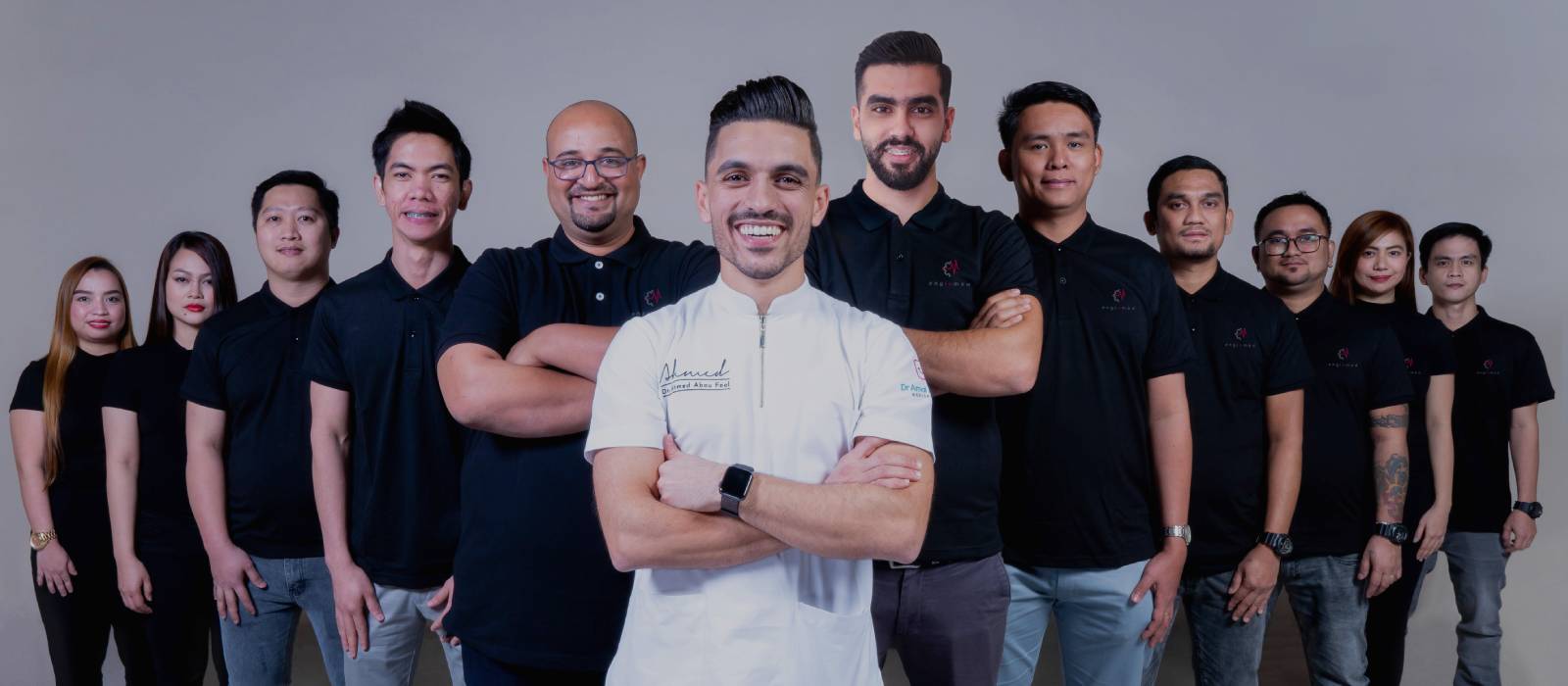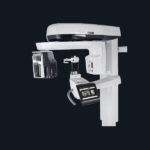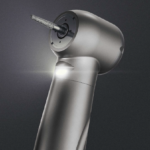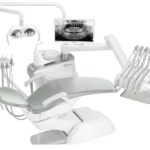
The endoscopy procedure is the insertion of a long, thin tube directly into the body of the patient.
It helps to observe internal organs or tissue in detail and can help to carry out other tasks like imaging and minor surgery.
Moreover, the endoscopy procedure is a minimally invasive procedure that involves an opening of the body like the mouth or anus of the patient.
Alternatively, a doctor can insert it through small incisions.
For example, in the knee or abdomen of the patient. Surgery that completes through a small incision and is assisted with special instruments like an endoscope is keyhole surgery.
It is important to note that the endoscopy procedure has relatively few risks, delivers detailed images, and is quick to carry out.
Today, about 75 million endoscopy procedures are carried out each year in the United States alone.
Keep on reading.
Uses of Endoscopy Procedure
The endoscopy procedure allows the doctor or health care provider to visually examine an organ without making a large incision.
A screen in the operating room will let the doctor see exactly what the endoscope sees.
A doctor or healthcare provider can use an endoscopy procedure to determine the cause of abnormal symptoms a patient is having.
Moreover, it helps to remove a sample of tissue which they can send to the lab for further testing. i.e. endoscopic biopsy.
It can also help them to see inside the body during a surgical procedure like when repairing a stomach ulcer, or removing gallstones or tumors.
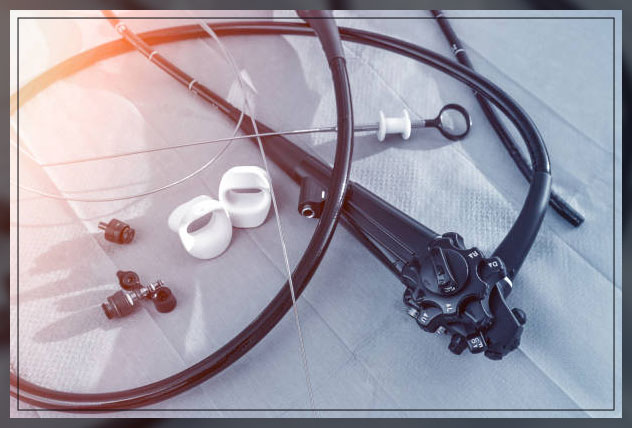
Furthermore, a doctor can order an endoscope procedure in case a patient is having symptoms of any of the following conditions:
- inflammatory bowel disease, IBD like ulcerative colitis, UC, and Crohn’s disease
- stomach ulcer
- chronic constipation
- pancreatitis
- unexplained bleeding in the upper digestive system
-
issues with the esophagus stomach and duodenum
- tumors
- infections
It can help diagnose the cause of blockage of the esophagus, Hiatal hernia, unusual vaginal bleeding, blood in the urine, and other digestive tract issues.
Additionally, the doctor will review the symptoms of the patient, perform a physical examination, and possibly order some other blood tests before an endoscopy.
These tests will help the doctor to gain a more accurate understanding of the possible cause of the symptoms.
Also, these tests can help them to determine if the problem is treatable without an endoscopy procedure or surgery.
Preparing for Endoscopy Procedure
The doctor will give the patient complete instructions on how to prepare for the procedure.
Most types of endoscopy procedures require the patient to stop eating solid foods for up to 12 hours before the procedure.
Moreover, some types of liquid like water or juice may be allowed for up to 2 hours before the procedure.
The doctor can clarify this for the patient.
Then the doctor will give laxatives or enemas to the patient to use the night before the procedure to clear the system of the patient.
This is common in a procedure that involves the gastrointestinal tract, GI tract, and anus.
Before the treatment, the doctor will perform a physical examination and over complete medical history, including any prior surgeries of the patient.
It is important for the patient to tell the doctor about any medication they are using including over-the-counter drugs and nutritional supplements.
Also, they should tell them about any surgeries they may have.
Another important thing to note is that patient may need to stop taking certain medications that may affect bleeding, especially anticoagulants or antiplatelet drugs.
The patient should make sure to have someone drive them home after the procedure as they may not feel well from the anesthesia.
Types of Endoscopy
It is important to note that endoscopies fall into categories based on the area of the body that they help to investigate.
The American Cancer Society, ACS lists the following types of endoscopies:
| Type | Area examined | Where scope is inserted | Doctors who typically perform the surgery |
| arthroscopy | joints | through a small incision near the examined joint | orthopedic surgeon |
| bronchoscopy | lungs | into the nose or mouth | pulmonologist or thoracic surgeon |
| colonoscopy | colon | through the anus | gastroenterologist or proctologist |
| cystoscopy | bladder | through the urethra | urologist |
| enteroscopy | part of the small intestine | through the mouth or anus | gastroenterologist |
| hysteroscopy | inside of the uterus | through the vagina | gynecologists or gynecological surgeons |
| laparoscopy | abdominal or pelvic area | through a small incision near the examined area | various types of surgeons |
| laryngoscopy | larynx | through the mouth or nostril | otolaryngologist, also known as an ear, nose, and throat (ENT) doctor |
| mediastinoscopy | mediastinum, the area between the lungs | through an incision above the breastbone | thoracic surgeon |
| sigmoidoscopy | rectum and the lower part of the large intestine, known as the sigmoid colon | into the anus | gastroenterologist or proctologist |
| thoracoscopy, also known as a pleuroscopy | the area between the lungs and the chest wall | through a part of a small incision in the chest | pulmonologist or thoracic surgeon |
| upper gastrointestinal endoscopy, also known as an esophagogastroduodenoscopy | esophagus and upper intestinal tract | through the mouth | gastroenterologist |
| ureteroscopy | ureter | through the urethra | urologist |
Endoscopy Procedure
The procedure will depend to some extent on the reason why a doctor will order an endoscopy.
There are three reasons reason why they carry out the procedure:
Investigation: If the individual may experience vomiting, abdominal pain, breathing disorders, stomach ulcers, difficulty swallowing, or gastrointestinal bleeding. for instance.
The doctor can use a device called an endoscope to search for the cause.
Confirmation of a Diagnosis: Endoscopydoscopy can help carry out a biopsy to confirm the diagnosis of cancer or other diseases.
Treatment: With the help of an endoscopy procedure, the doc can treat an illness directly, they can use this procedure to cauterize or seal using heat a bleeding vessel or remove a polyp.
In some cases, however, a doctor can combine the procedure of endoscopy with another procedure like an ultrasound scan.

During this procedure, they will use an ultrasound probe close to the organs that can be difficult to image, like the pancreas.
While modern endoscopes, in some cases, comes with sensitive lights that use narrow-band imaging.
This type of imaging uses specific blue and green wavelengths that allow the doctor to spot precancerous conditions more easily.
Furthermore, an endoscopy often happens while a patient is conscious, though, in some cases, they may receive local anesthesia or anesthetic spray to the back of the throat.
In most cases, the doctor will sedate the patient.
Endoscopic procedures involve entry through the mouth, a mouth guard will help protect the teeth and tips as the doctor inserts the flexible tube.
Endoscopy use in Surgery
It is important to note endoscopy has advanced in recent years, enabling some forms of surgery to use a modified endoscope.
This helps to make surgery less invasive.
Moreover, procedures like the removal of the gallbladder, sealing and tying the fallopian tube, and the removal of small sensitive tumors from the upper digestive tract or lungs or not commonplace.
A laparoscope is a modified endoscope a doctor can use for keyhole surgery. it is also referred to as laparoscopic surgery.
Laparoscopic surgery involves only a small incision and the doctor can use it for:
- appendectomy, i.e. removal of the appendix
- hysterectomies, i.e. removal of the uterus
- prostatectomies, i.e. removal of the prostate tissue
Using this technique, the loss of blood during and after the surgery is less and patients tend to recover much faster, in comparison to those with standard surgical procedures.
What Happens After the Procedure?
A number of endoscopies are outpatient procedures which means that the patient can go home the same day.
The doctor will close the incision wound with stitches and properly bandage them immediately after the procedure.
Moreover, they will also give instructions to the patient on how they can care for the wound on their own.
Afterward, the patient is likely to wait for one to two hours in the hospital for the effects of sedation to wear off.
A friend or a family member can drive them home, and once home, the patient should plan to spend the remainder of the day resting.
However, some procedures may leave the patient slightly uncomfortable.
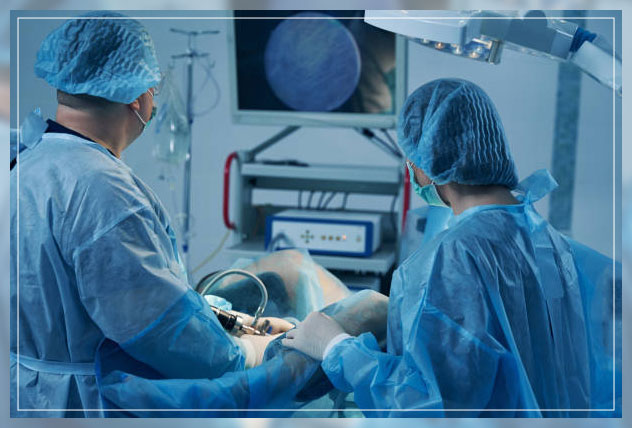
It may need some time to heal well enough to go about their daily business.
For instance, following and examining an upper GI endoscopy, the patient may have a sore throat and need to eat soft foods for a couple of days.
Furthermore, the patient may have blood in the urine after a cystoscopy to examine the bladder.
This will pass within 24 hours, but the patient should contact the doctor if it persists.
In case the doctor suspects a cancerous growth, they will perform a biopsy during the endoscopy.
The results will take a few days, and the doctor will discuss the results after they get them back from the laboratory.
Latest Techniques in Endoscopy Technology
Like most technologies, endoscopy is constantly advancing, newer generations of endoscopies use high-definition imaging to create images in detail.
Innovative techniques also combine endoscopy with imaging technology or surgical procedures.
Some of the latest endoscopy techniques are:
Endoscopic Retrograde Cholangiopancreatography, CRCP
ERCP combines X-rays with upper GI endoscopy to diagnose or treat problems with the bile and pancreatic ducts.
Capsule Endoscopy
A revolutionary procedure: Capsule Endoscopy helps when other tests are not conclusive.
During this type of endoscopy, the patient will swallow a small pill with a tiny camera inside, as the capsule passes through the digestive tract, without any discomfort, helping to create images of the intestines as it moves through.
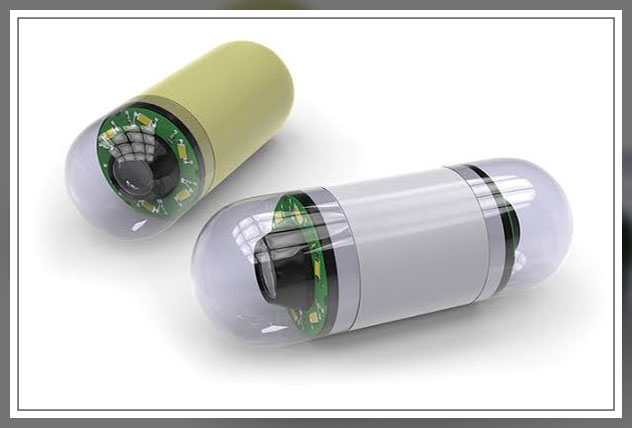
Chromoendoscopy
This is a technique that uses a specialized stain or dye on the lining of the intestine during an endoscopy procedure.
The dye will help the doctor to better visualize if there is anything abnormal in the intestinal lining.
Endoscopic Ultrasound, EUS
EUS uses ultrasound along with an endoscope.
Moreover, this procedure allows the doctor to see organs and other structures that are often not visible during a regular endoscope.
The doctor will insert a thin needle into the organ or structure to retrieve some tissue for viewing under a microscope.
This procedure is also known as Fine Needle Aspiration.
Endoscopic Mucosal Resection, EMR
EMR is a technique that helps the doctor to remove cancerous tissues in the digestive tract.
During an EMR, a needle will pass through the endoscope to inject a liquid underneath the abnormal tissue.
This will help separate the cancerous tissue from the outer layers so it can be easily removed.
Narrow Band Imaging, NBI
NBI uses a special filter that helps to create more contrast between vessels and the mucosa.
The mucosa is the inner lining of the digestive tract.
Learn more about Ultrasound scans: How do they Work? here.
Possible Risks of the Endoscopy Procedure
Endoscopy has a lower risk or side effects of bleeding or infection than open surgery.
It is, however, a medical procedure, so it has some potential risks of bleeding, infection, and other rare complications:
- chest pain
- fever
- persistent pain in the area of endoscopy
- redness and swelling at the incision site
- damage to the organs including possible perforation
The risks for each type depend on the location of the procedure and the condition of the patient.
For instance, dark-colored stools, vomiting, and difficulty swallowing after a colonoscopy can indicate that something is wrong.
A hysteroscopy carries a small risk of uterine perforation, uterine bleeding, or cervical trauma.
In case a patient has a capsule endoscopy, there is a small risk that the capsule can get stuck somewhere in the digestive tract.
Moreover, the risk is higher for people with a condition that causes narrowing of the digestive tract like a tumor.
The doctor will need to remove the capsule surgically.
Also, the patient should ask the doctor about the symptoms to look out for following the endoscopy.

